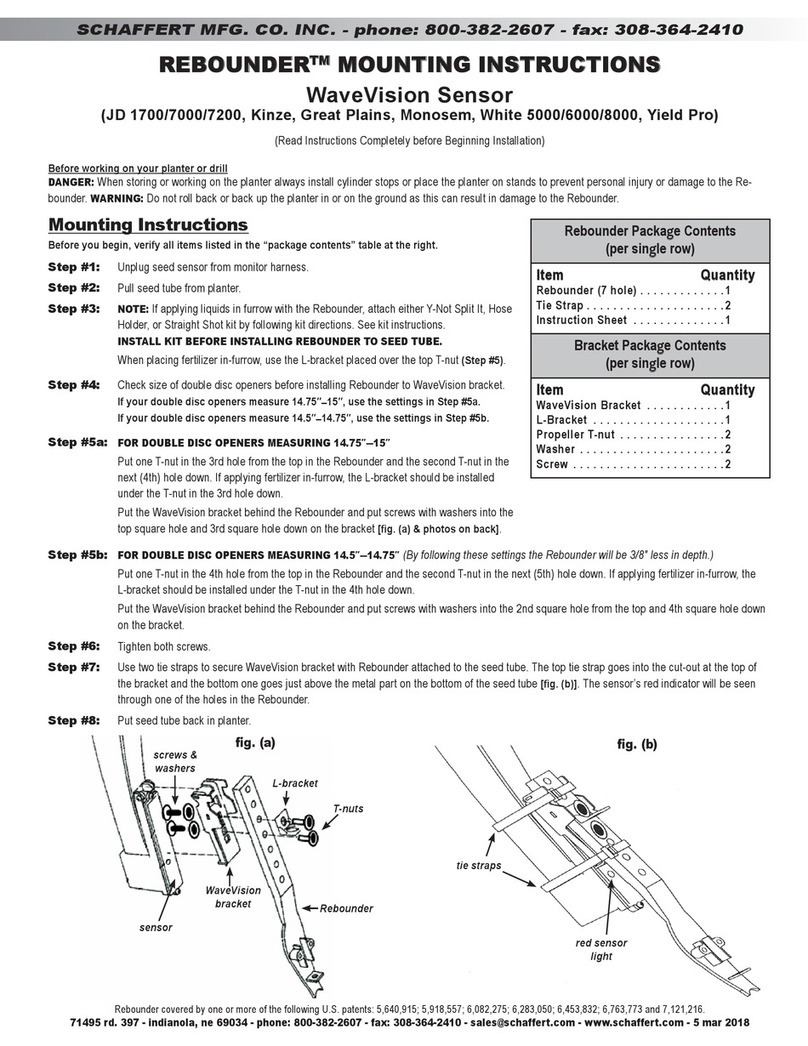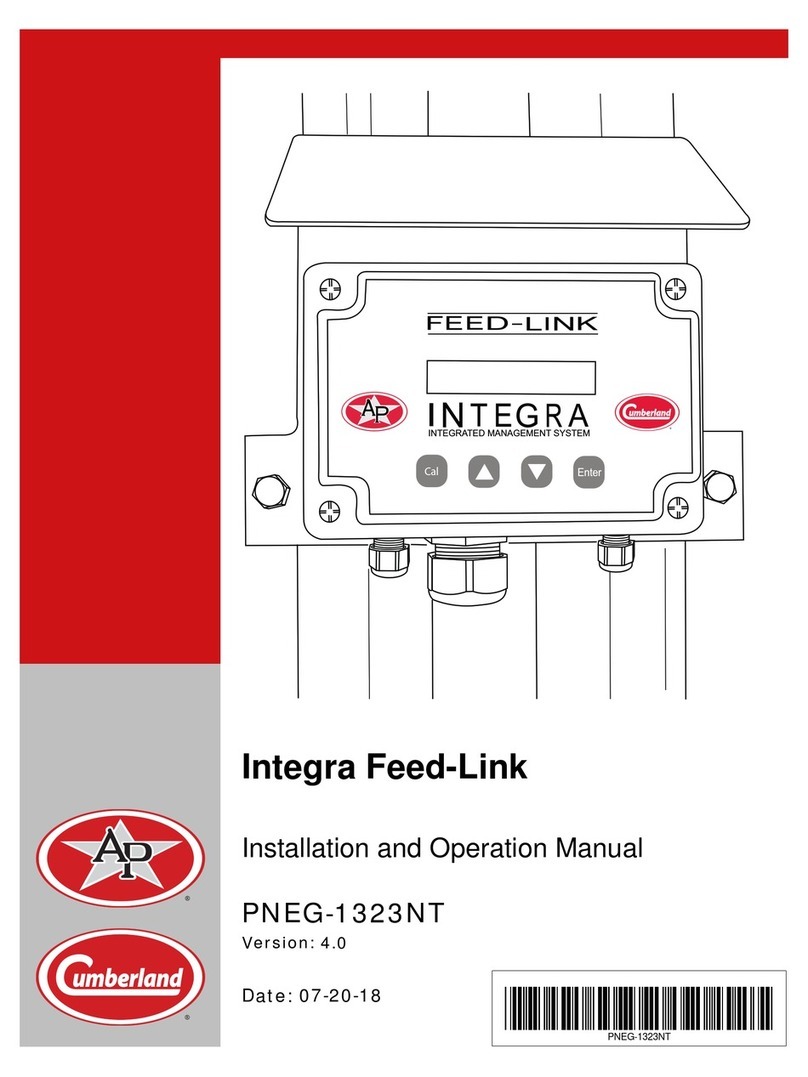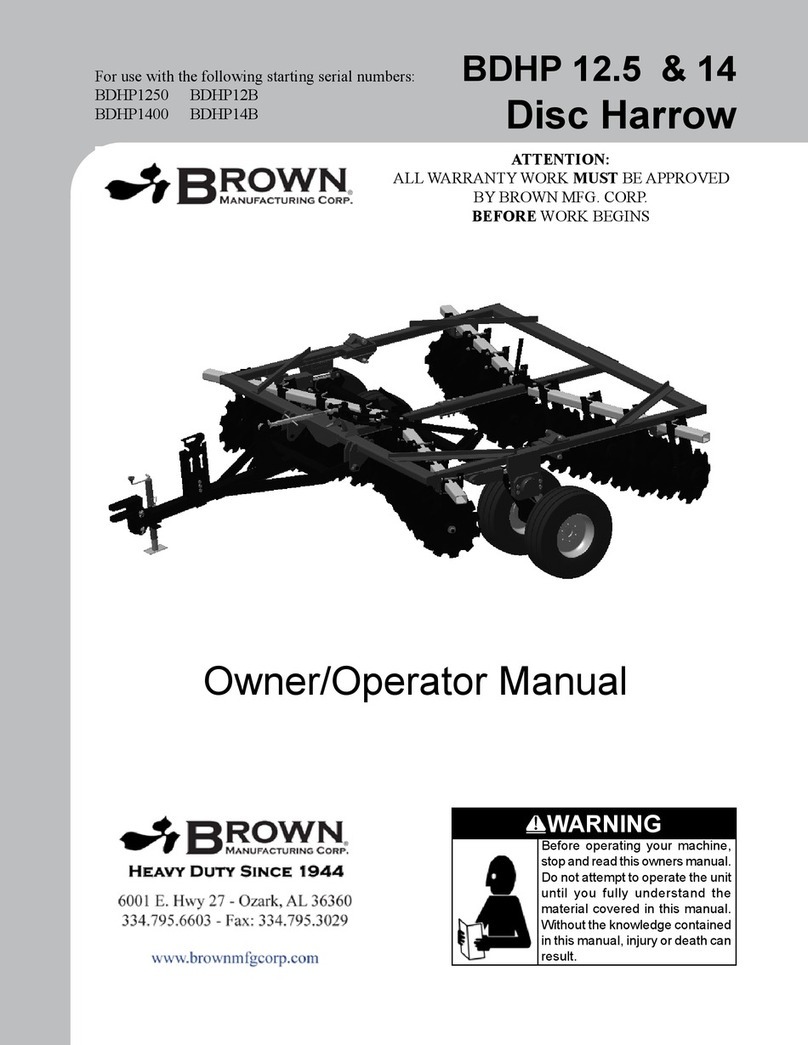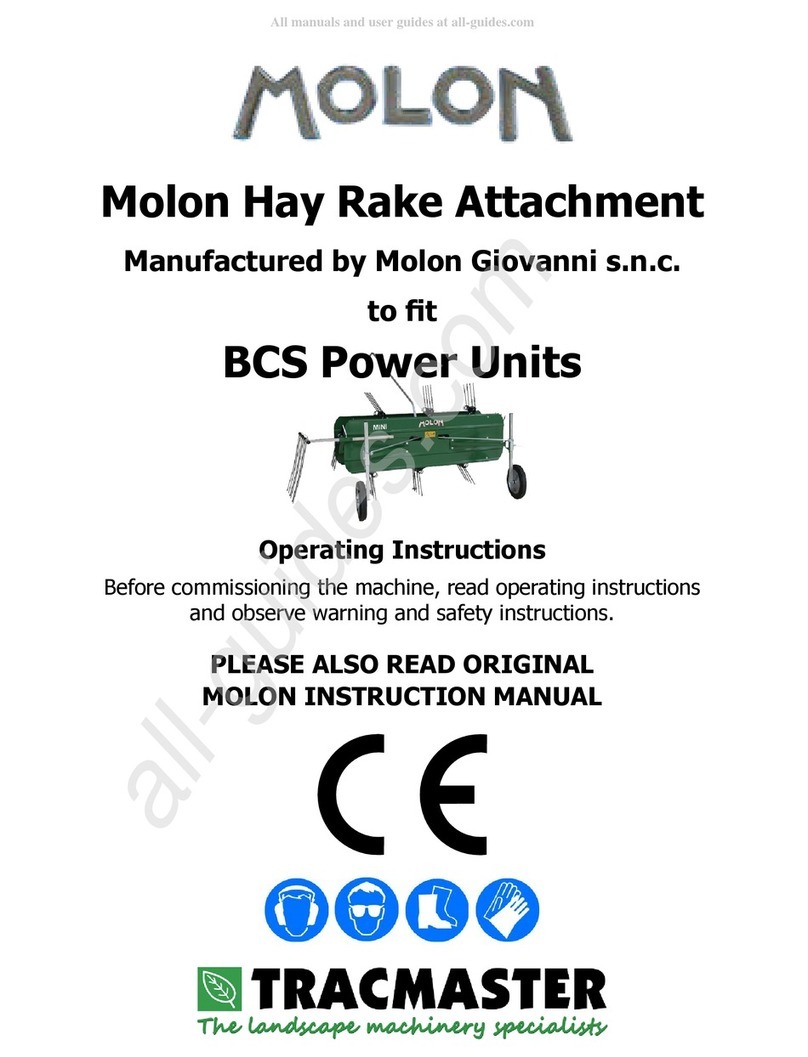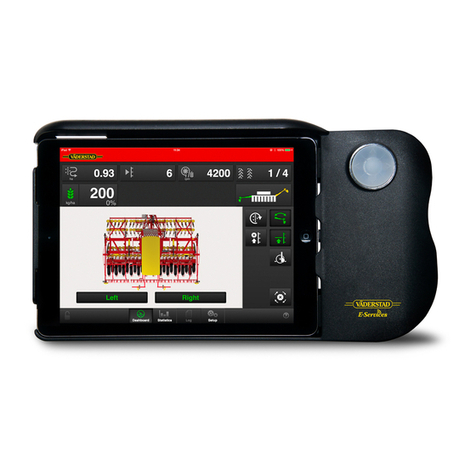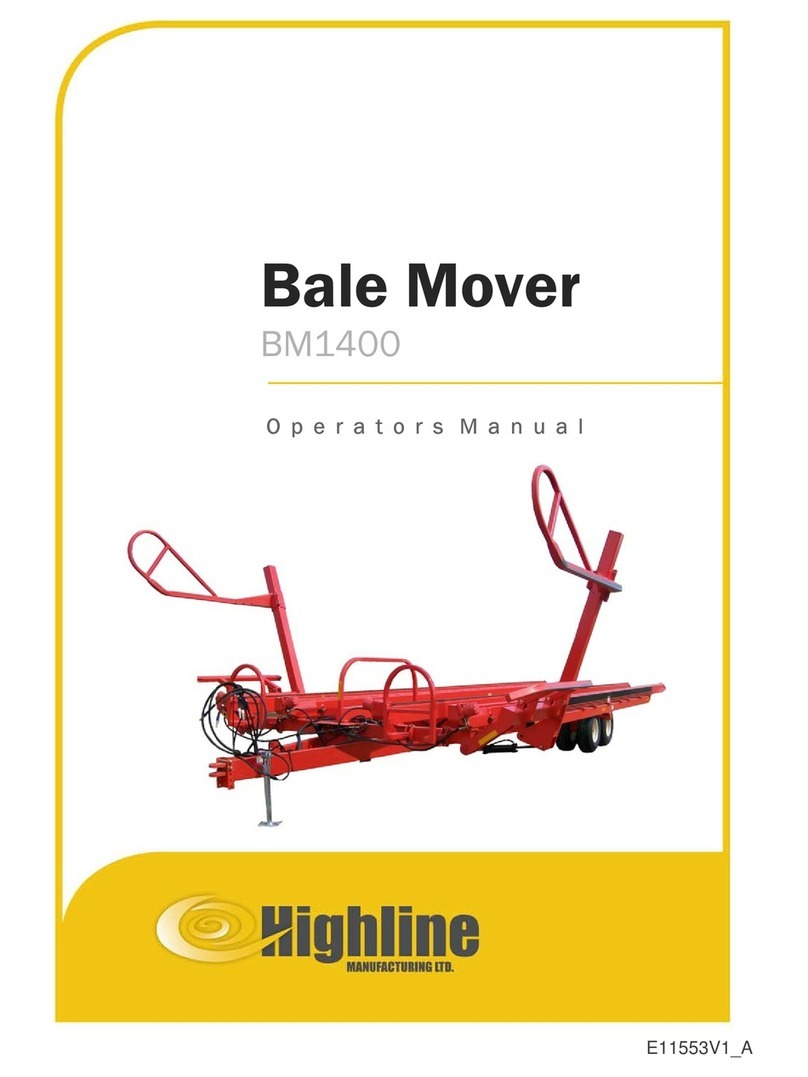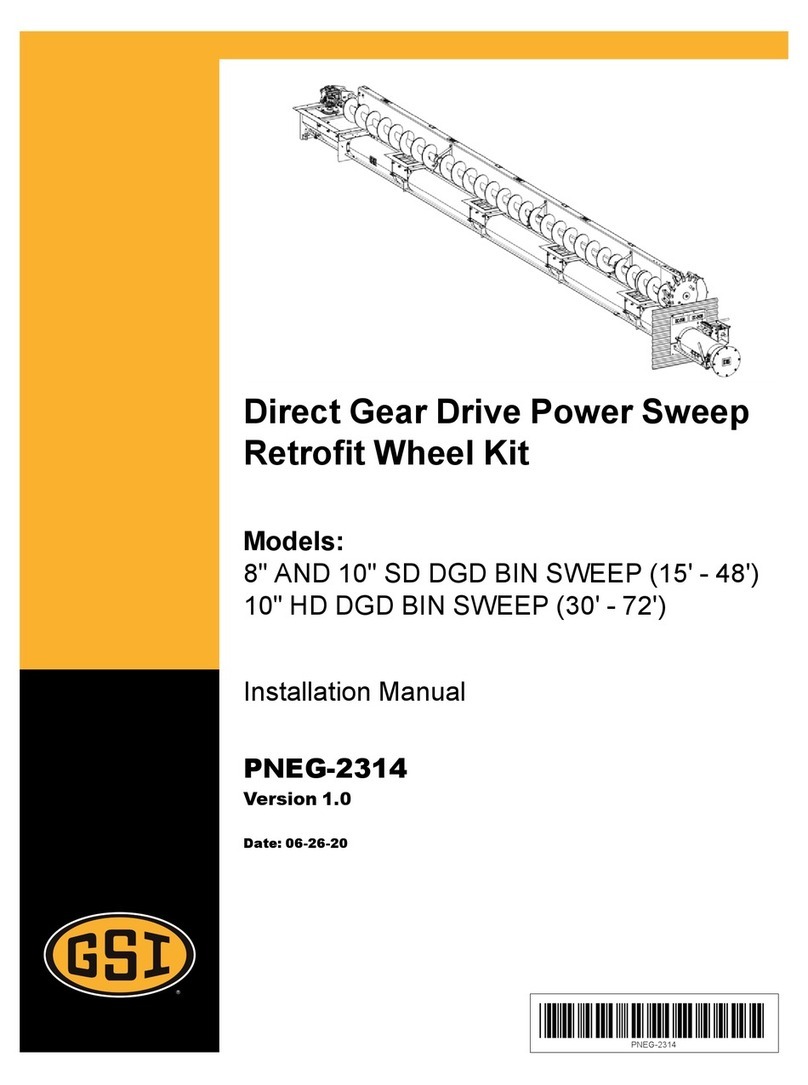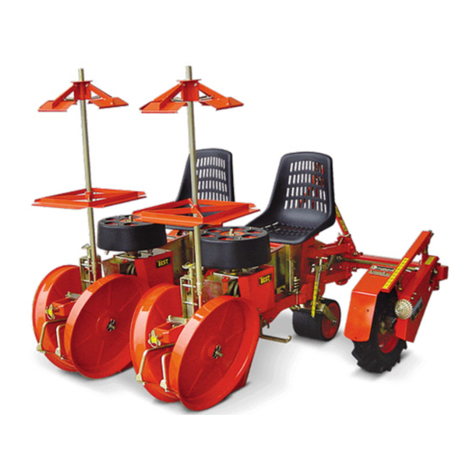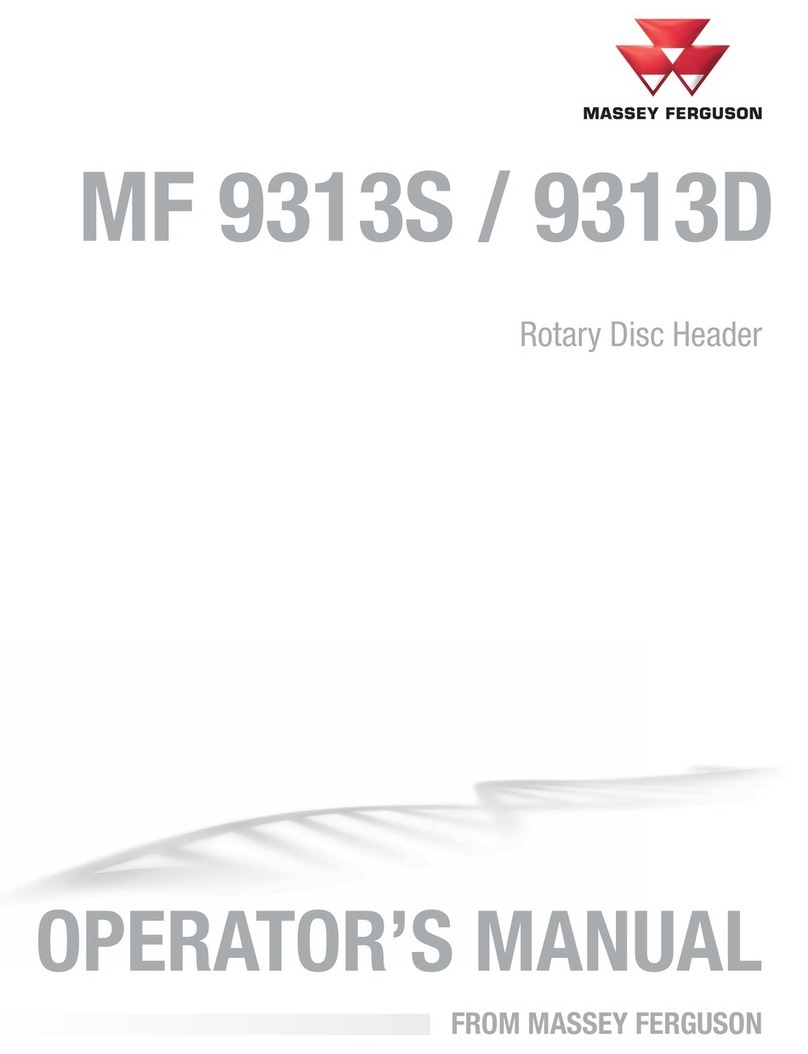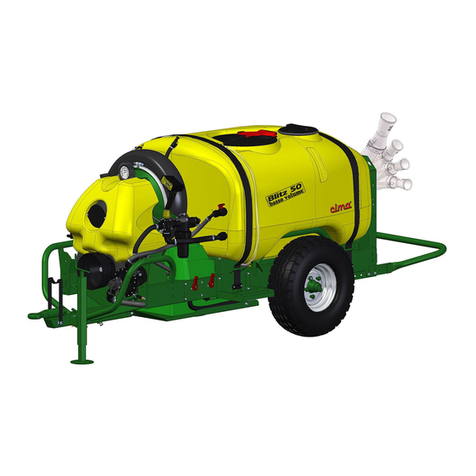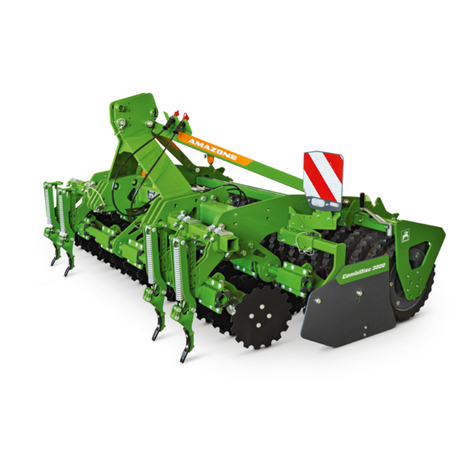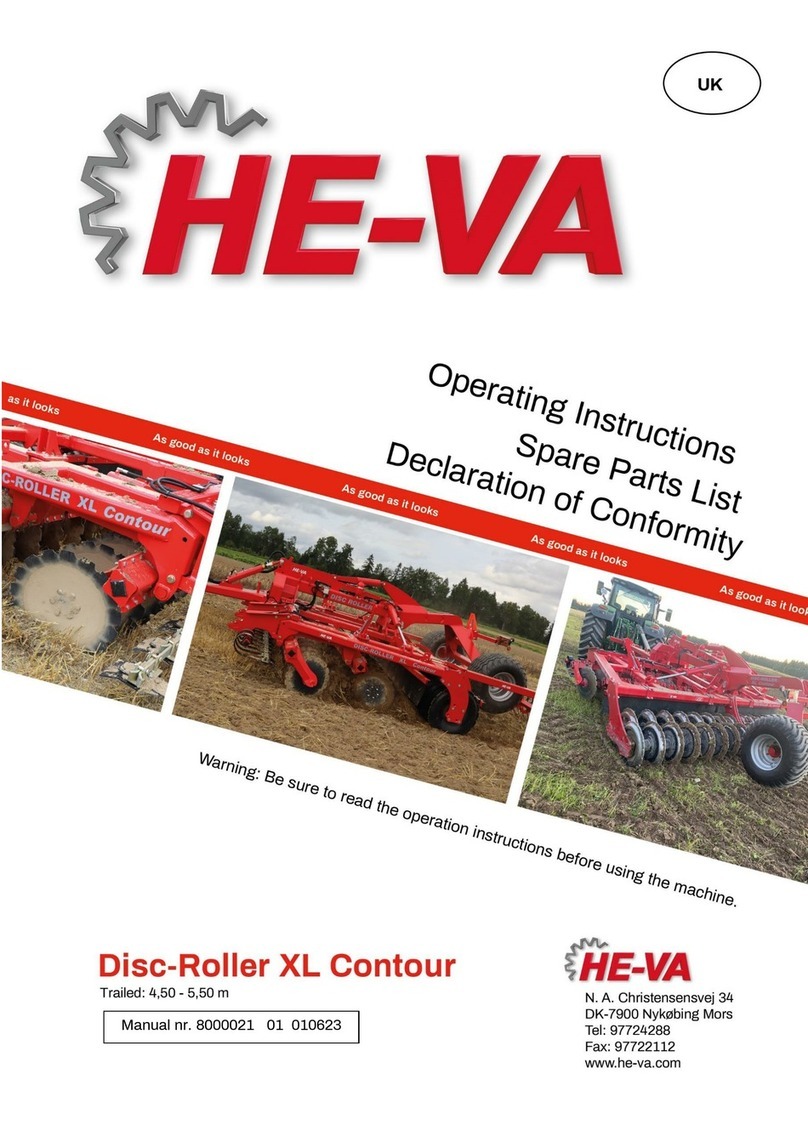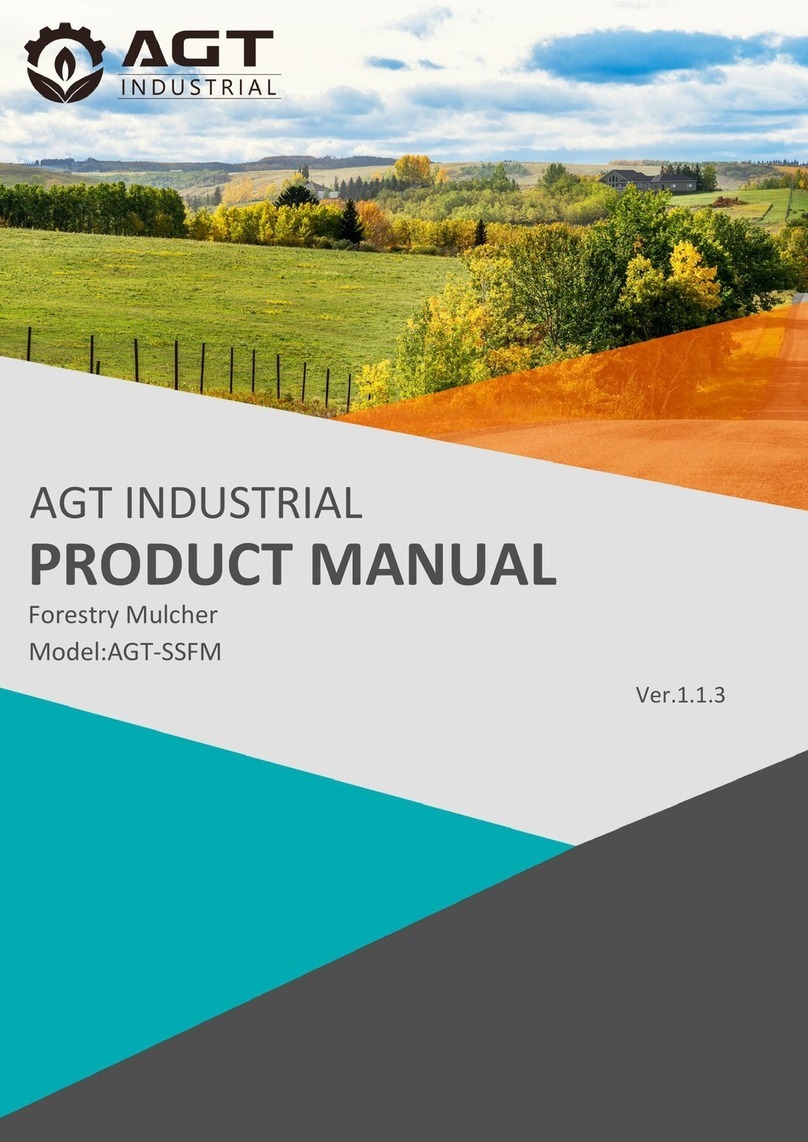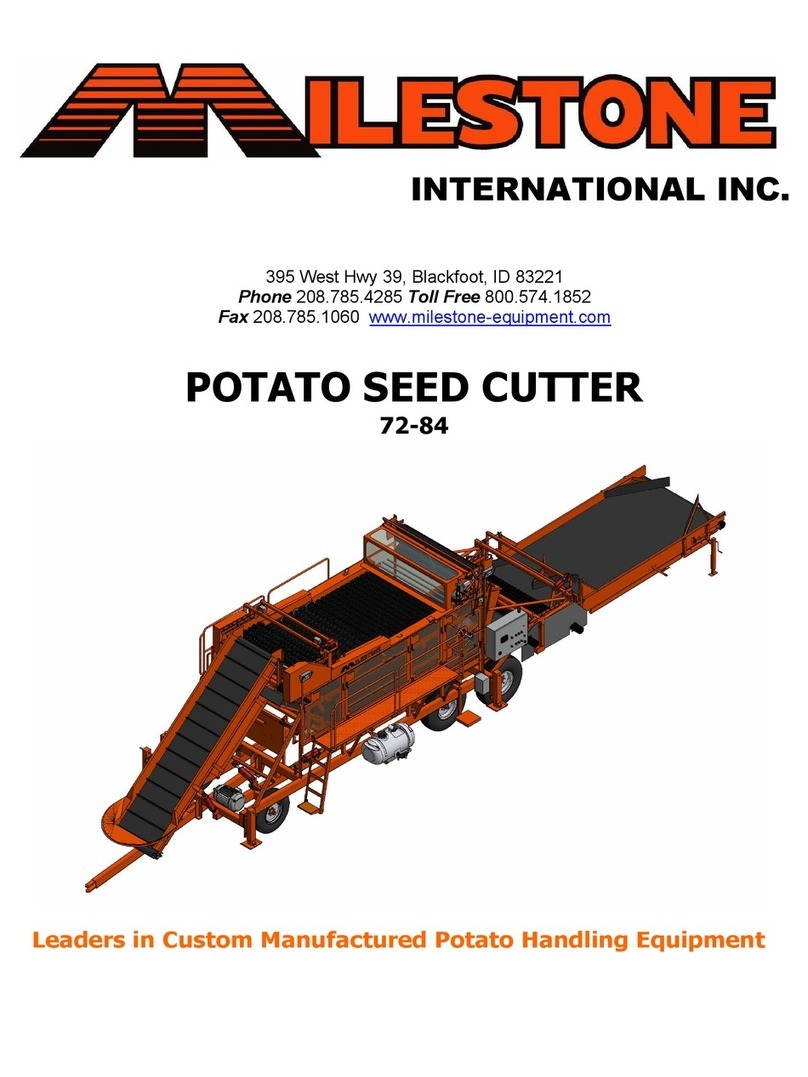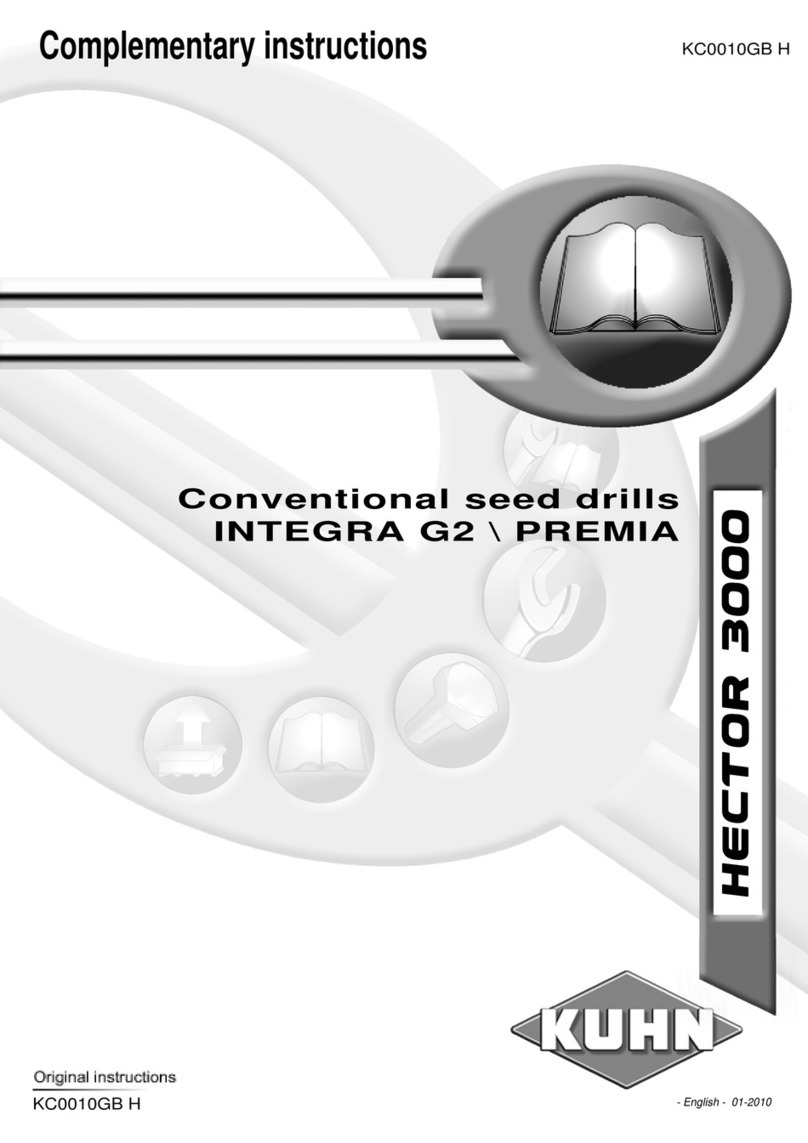No liability for consequential damage
Even though your Moore Unidrill seed drill has been manufactured with the utmost care and you
are using it properly, fluctuations and interruptions in seed delivery may still occur, the possible
causes being:
•differences in composition of the seed or fertilizer (grain size, density, shape, dressing,
treatment)
•clogging or bridging (e.g. through foreign bodies, glumaceous seed, sticky dressing agents,
moist fertilizers)
•worn parts (e.g. metering device, V-belt)
•damage through external influences
•incorrect drive speeds and forward speeds
•incorrect setting of seed drill (wrongly mounted, failure to observe calibration charts)
•incorrect connection or operation of the electronic seed drill drive or an error in the tractor's
electric installation.
It is therefore advisable, both before and during use, to check that the seed drill is functioning
properly and delivering the seed with the required accuracy. Such deviations in the delivery
rate are only partially detectable by the electronic seed drill control and the monitor of the
electronic seed drill drive!
Any claims for damages not directly incurred by the seed drill cannot be accepted. By the
same token, Moore Unidrill cannot be held liable for any consequential damage resulting from
incorrect metering or distribution.
Road safety
Road traffic regulations must be observed when towing the seed drill on roads, paths and other
public places. The seed drill must be in a roadworthy condition!
Observe the maximum permissible width for road transport and fit all necessary rear lights,
warning signs and guards. Disconnect the electrical supply when fitting.
Fold up the side sections, track markers, etc. and secure them in the transport position. When
transporting the seed drill on the road, lock the control valve in the tractor cabin in order to prevent
the coulter bar from being opened out accidentally. In addition close the ball valve in the hydraulic
hose.
Trip ropes for quick-release couplings must hang loose and must not, when in their lowered
position, release the couplings of their own accord.
Observe maximum permissible axle loads, the load-bearing capacity of the tyres and the maximum
total weights in order to ensure adequate steering and braking. The behaviour of the tractor is also
influenced by attached implements. Take the width and balancing weight of the seed drill into
consideration, especially on sharp bends.
No persons may be allowed to ride on the seed drill.
